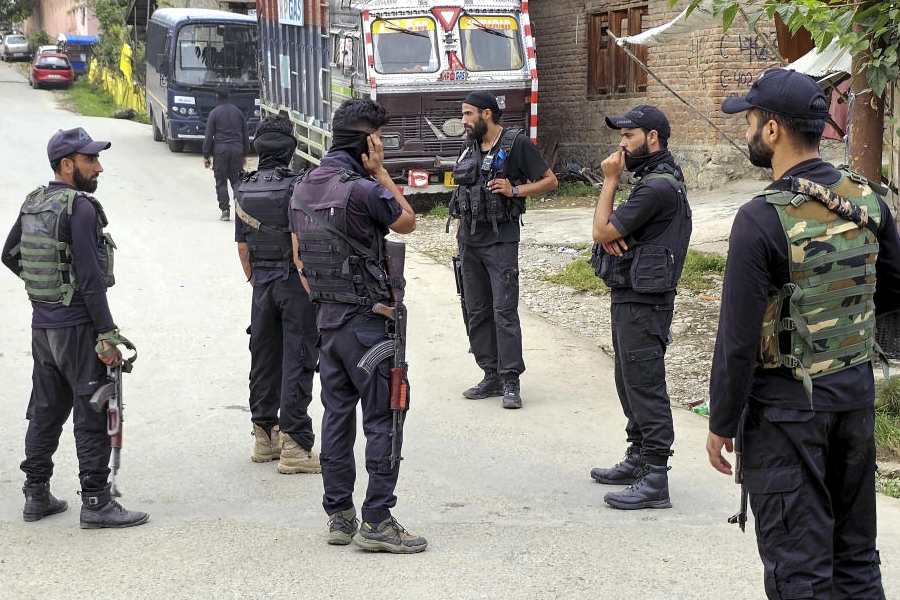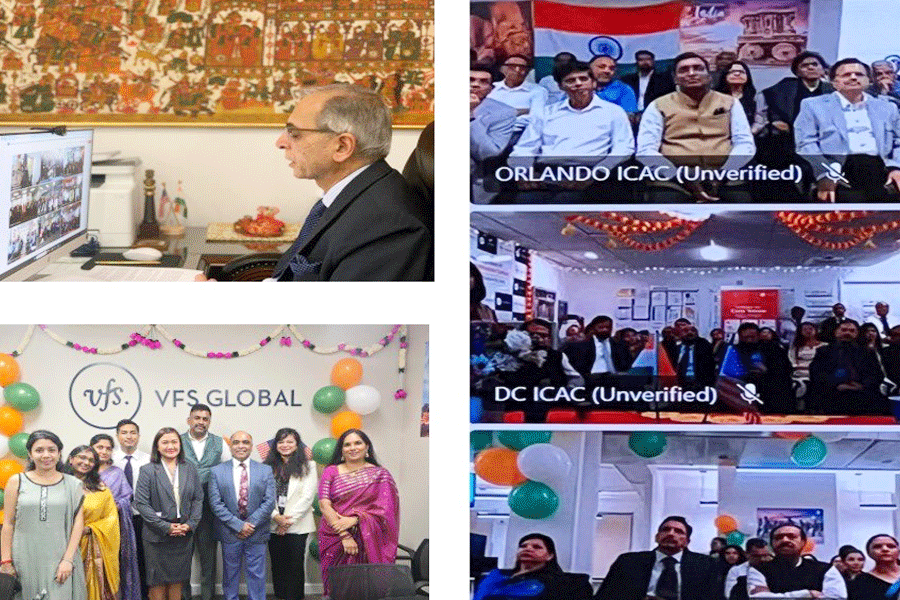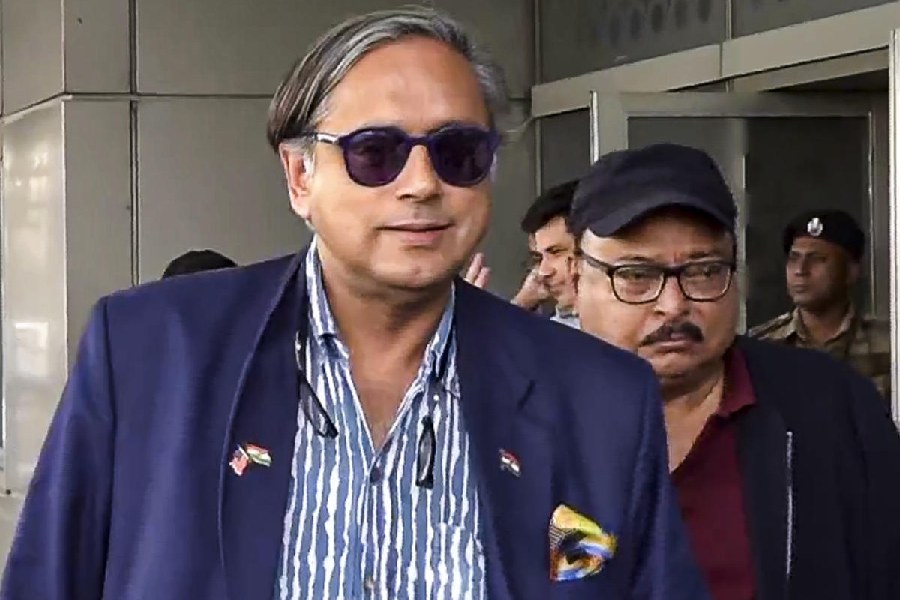Jan. 16: In a shed on the grounds of Netaji Bhavan sits a 1937 Wanderer. It has been restored and is waiting to be unveiled by President Pranab Mukherjee on January 18.
It is a famous car. Seventy-five years ago, on the night of January 16, it went on a journey that transformed Subhas Chandra Bose into Netaji.
Sitting in the terrace of Netaji Bhavan, the house on Elgin Road where the legend lived, historian and MP Sugata Bose, who is Netaji's grand-nephew, tells the thrilling story of The Great Escape in 1941 that eventually enabled Netaji to form the Azad Hind Fauj.
The trip required meticulous planning for almost one-and-a-half months, starting December 5, 1940, when Subhas had been released by the British police after a seven-day hunger strike.
One afternoon early in December, Subhas had asked Sisir Kumar Bose, his brother Sarat Chandra Bose's son and Sugata Bose's father: " Aamar ekta kaaj korte parbe (Can you do something for me)?"
Sisir, then a 20-year-old student of medicine, immediately agreed, without even asking what it was. It was, of course, the escape.
British intelligence had apparently planted 14 people around Subhas' Elgin Road residence, and they even knew what soup was being served to him. But word was sent out that Subhas was severely ill.
Every letter that he wrote, religiously opened by the British, carried this news. Some may have had their doubts. A reply from Mahatma Gandhi to Subhas - "Opened on December 29, 1940, at the Elgin post office," says Sugata Bose - read: "You are irrepressible, whether ill or well. Please get well, before going in for fireworks."

Netaji’s grand-nephew
Sugata Bose, who got
the Wanderer restored.
Pradip Sanyal)
Sisir would visit Elgin Road in the Wanderer, which he owned, from his Woodburn Road residence, where he lived with his parents. Subhas, Sisir, his father Sarat and three of Sisir's cousins were part of the planning. Sisir would leave Elgin Road late, often with a guest who had come to meet Subhas.
In late December, Mia Akbar Shah arrived from the North West Frontier Province. He would eventually receive Subhas in Peshawar. Sisir and Mia procured Subhas' disguise as "Mohammad Zia", from Wachel Mollah.
About the same time, Sisir took the Wanderer on a trial run: a drive to Burdwan and back.
On January 16, 1941, Sisir arrived at Elgin Road to find Subhas had had a "ritual" dinner with his family members in preparation for the "renunciation" that he would practise henceforth. He would remain "confined" to his room, not meet anyone and only accept food without being seen. "Even his mother had to be deceived," said Sugata Bose.
Around 1.30am, Subhas and Sisir stepped out and got into the car. Subhas did not slam his door shut. Only Sisir did that. But those deputed to keep watch heard nothing. "The only sound they heard was of crows flustered by the departing car," Sugata Bose said.
The car first turned right, then right again, into Allenby Road, then Lansdowne, Sealdah, Harrison Road, Howrah - and off they were, into Grand Trunk Road.
Arriving at Gomoh station at midnight on January 17, they were in time for the Delhi-Kalka Mail. Subhas was carrying a suitcase with the initials "MZ", painted by Sisir. "I am off. You go back," he told his nephew and walked away.
"My father saw his uncle walking through the overbridge with his majestic gait," narrated Sugata Bose.
The train arrived and departed. That was the last Subhas' family saw of him.











